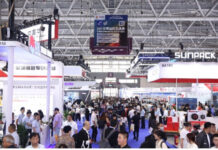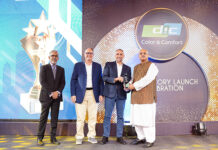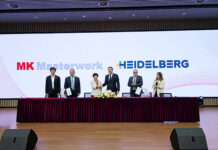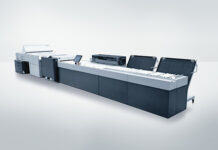Directly from Barcelona demo center, hp organized a webinar dedicated to packaging printing, interviewing some of its european customers who, thanks to us manufacturer’s latex printing technologies, have expanded their business by providing customized packaging, display and label solutions in small runs
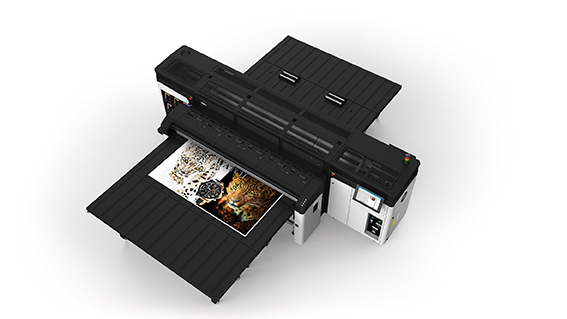
With the introduction of the new range of Latex printers of the R2000 line, HP has provided its customers with a new tool for the management of prototypes and mock-ups, but also of small productions, at low costs but with a truly amazing print result. Latex technology is extremely versatile and capable of printing on various materials, including corrugated cardboard, and thanks to the use of water-based inks, it also meets the needs of eco-sustainability required by the market.
In 2021 January/February issue of Converter & Cartotecnica, we published an article about this HP technology and its possible applications in the paper industry, also with the interview to Piero Bertoldo, CEO of LIC Packaging, the only company in the world to offer the full range of HP technologies for cardboard, who recently also chose HP Latex R2000 plus technology for the management of prototypes and mock-ups.
Tic Tac: from large format to packaging, digitally and web-to-print
In this virtual European journey among the various printers who took part in the webinar, some of them very big companies, it emerged how a technology of this type, which is apparently thought to be ideal for small and medium-sized companies, is instead essential also for those who produce big print volumes.

Among the HP client companies that took part in the virtual tour, Mattia Pinton, sales manager of the label & packaging sector of Tic Tac, a digital native company since 1992, spoke about his experience; Tic Tac chose the e -commerce and web-to-print to offer printing and converting solutions to satisfy market needs.
The year in which Tic Tac opens up to the digital packaging market is 2006, when the company opened its online showcase, the first for the Italian market.
“Our core business is mainly online, even if we have some customers who require a direct relationship to manage those orders that I would define as more special”, says Pinton. Tic Tac has grown in the large format digital printing market for the signage, visual communication industry, later in the textile industry, then bringing its know-how also to the packaging industry. “I quote the words of Nestlé packaging manager who in 2014 declared that personalized digital packaging would be the future.
Today I can only confirm that prediction. The market requires customization, therefore less quantity but more quality, at the same time giving customers the possibility to manage reprints, even with graphic or die-cut changes, which previously could be extremely expensive, while now thanks to digital printing and cutting, we are able to offer the customer the possibility of ordering smaller batches, increasing the frequency of new orders, to arrive at the end customer with a really personalized product, like the famous Coca-Cola campaigns”, adds Pinton.
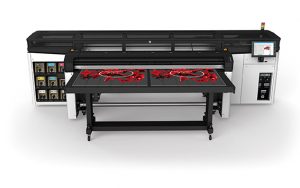
Obviously, even in Tic-Tac, which is well supplied with HP machines, Latex technology has also entered with the R2000 series. “With this technology we have been able to manage products with an extremely high quality and with an added value represented by the water-based inks that allow us to respond to the green needs that the market inevitably requires. I would say that printing paper and cardboard with water-based inks is the best in terms of sustainability and recyclability of products. I also had the opportunity to show our digital prints with Latex technology to offset printers, so accustomed to a certain type of quality, and they struggled to distinguish the digital print products. The quality in Tic Tac is a must: at HP we have also appreciated the good level of productivity of these machines; recently we have installed automations that help us to manage the press sheets on machines in entry and delivery”, concludes Pinton.
One technology for different applications
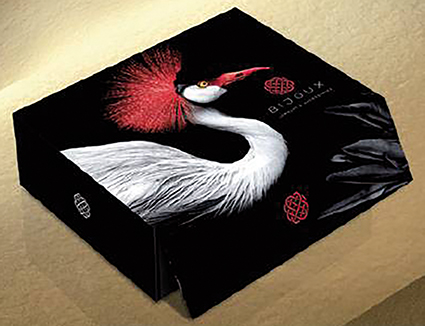 Several examples of packaging presented by the HP demo center in Barcelona.
Several examples of packaging presented by the HP demo center in Barcelona.
A first sample showed how white ink was used on a kraftliner, with an absolutely high level of cleanliness in detail and color brilliance.
In the second sample shown, the bright colors, especially red and black, did not go unnoticed, with a perfection in the parts of the text reproduced with extreme precision and without any smudging.
Finally, examples of a folding box for the cosmetic industry, where quality is a primary requirement, with high level finishing effects thanks to latex inks.





